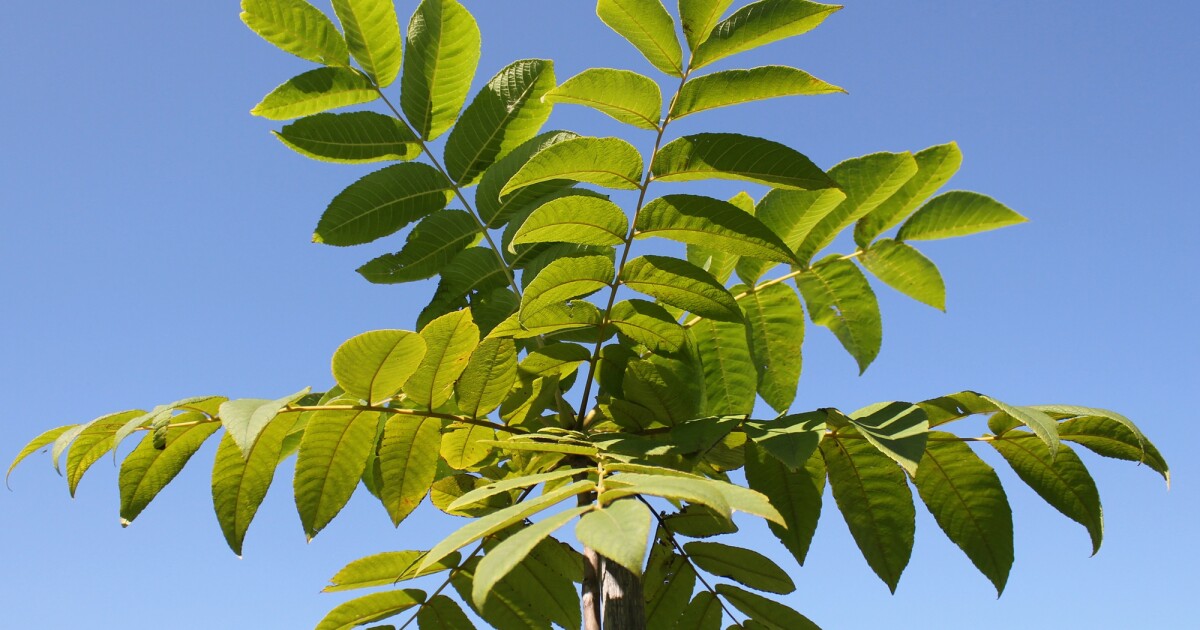Harsh, environmentally damaging synthetic herbicides are definitely one of those things you shouldn't use if you don't have to. That's why Japanese researchers are now developing a green alternative that is made from the leaves of a simple walnut tree.
For many years, scientists have noted that no other large plants grow near the Manchurian walnut tree (Juglans mandshurica). This phenomenon is due to a little thing known as allelopathy, an attack mechanism in which plants (or other organisms) release biochemicals that kill other competing plants in close proximity.
Other species of walnut trees also practice allelopathy, and the “allelochemical” they primarily utilize is called juglone. However, in the case of the Manchurian walnut tree – which is particularly well versed in allelopathy – its main allelochemism has remained unknown.
Scientists from Japan's Kyushu University recently teamed up with colleagues from Juntendo University in Japan and Chulalongkorn University in Thailand to find out.
In laboratory experiments that simulated Manchurian walnut tree leaves falling to the ground and releasing their allelochemicals into the soil, scientists isolated various chemicals from the leaves; added these chemicals to separate pieces of filter paper; added tobacco plant seeds to these papers; placed the papers on layers of damp earth; They then observed how the resulting tobacco seedlings grew under the influence of the various allelochemicals.

Associate Professor Seiichi Sakamoto, Kyushu University
Interestingly, it was found that the most potent growth-inhibiting compound – a chemical called 2Z-decaprenol – actually did not contain juglone. In fact, this was the first time that the substance was shown to act as an allelochemical.
“To develop 2Z-decaprenol into a viable bioherbicide, we need to conduct extensive safety and toxicity testing for humans and animals, further clarify its precise mechanism, and overcome challenges in large-scale production of the compound,” says Assoc. Prof. Seiichi Sakamoto, senior author of the study.
“Our ultimate goal is to continue to search for effective, biodegradable compounds from nature that can contribute to a more sustainable future for agriculture.”
An article about the research was recently published in the Journal of Agricultural and Food Chemistry.
Source: Kyushu University
